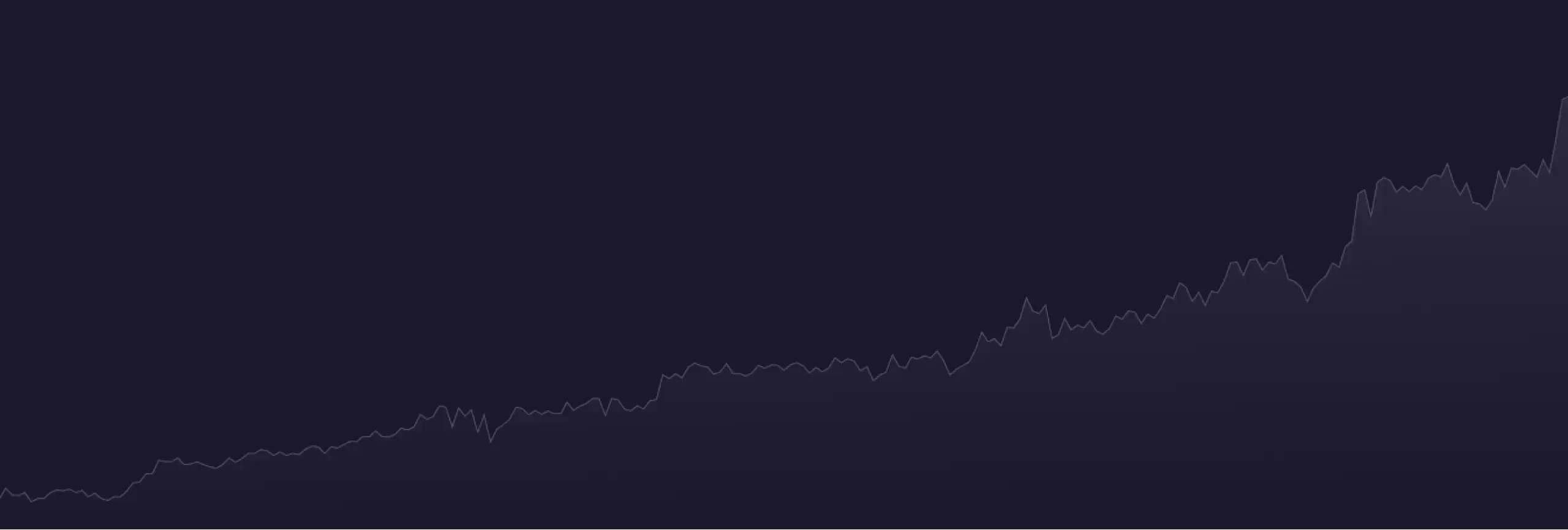

The US Q3 earnings season will kick off with big banks, including JPMorgan Chase, Wells Fargo, and Citigroup, on 13 October. The US banking stocks were hit by Moody’s downgrade of mid-sized banks while warning of revising credit ratings of some big banks in early August, sparking concerns about whether the US big banks can sustain their profit margins. The six US big banks’ shares slid between 8% and 17% in the past two months amid a broad selloff on Wall Street. Below are the industrial trends brewing into the third quarter at the back of rising interest rates, mounting recession risks, and weakening consumer sentiment.
The profit margin is in check
According to S&P Global Market Intelligence, banks passed the Fed’s rate hikes to depositors and led the cost of deposits to rise 1.78% in the second quarter. Also, depositors tended to shift to high yielders such as Treasuries and money markets, which caused a slide in banks’ deposits. The trend may squeeze banks’ interest income and lower their profit margins in the third quarter.
Loan growth slows
The US banks have been benefiting from rising interest rates and steady loan growth in the past five quarters. However, the pace of growth may not stay the same due to decades-high interest rates and weakened consumer confidence. While card loans grew steadily, home lending activities were showing signs of a slowdown, indicating that banks may not be as profitable as the first half of the year.
Loan provisions continue to increase
Amid rising risks of credit defaults, the six US big banks’ loan provisions, the money set aside to cover potential default risks, may rise to $7.7 billion in the third quarter, according to a Bloomberg survey. Citigroup and Bank of America may see a further increase in the loan provisions, while JPMorgan Chase and Wells Fargo could see a drop sequentially in the third quarter.
Investment banks see a stream of light
US bank’s M&A is bouncing back after hitting a five-year low in 2022, according to S&P Global. The recent IPO heat may also help investment banks rebound from the 2022 winter in the fourth quarter. Morgan Stanley and Goldman Sachs could benefit from the trend and outperform other major banks that rely on lending activities, such as Citigroup and Wells Fargo.
JPMorgan
Q2 review: JPMorgan’s second-quarter earnings beat expectations as the bank benefited from higher interest rates and the takeover of First Republic. Its revenue rose 34% year on year, or up 21% excluding First Republic. The net income surged 67% from a year ago, or up 40% excluding First Republic. Net interest income was the biggest contributor to the revenue growth, up 44% annually due to rising interest rates. However, the home lending net revenue only grew 1% annually, or down 23%, excluding First Republic, suggesting high-interest rates weighed on home lending activities. At the same time, fixed-income trading revenue dipped 3% due to high bond yields. Notably, JPMorgan Chase’s provisions for credit losses jumped to $2.9 billion in the second quarter, up 34% from a year ago.
The largest US bank is expected to maintain its strong performance in the third quarter. JPMorgan increased its guidance for the net interest income by $3 billion to $87 billion for 2023 in June.
Bloomberg Forecast for Q3:
Revenue: $40 billion, +12.5% year on year
EPS: $3.84, + 7.6% year on year
Net income: $11.086 billion, +2.04% year on year
Citigroup
Q2 review: Citigroup beat market expectations in the second quarter, despite a 1% year-on-year drop in its revenue as investment banking weighed on performance. Its net income declined 36% to %2.9 billion from a year ago due to higher expenses, higher cost of credit, and lower revenue. And the total allowance for credit losses on loans increased to $17.5 billion in the second quarter from $16 billion a year ago. At the same time, personal banking showed strength, up 11% year on year, driven by strong loan growth. However, the wealth management revenue fell by 5% from a year ago due to investment fee headwinds and higher interest rates paid on deposits. CEO Jane Fraser said the bank sees the “benefits of its diversified business and strong balance sheet.”
Bloomberg Forecast for Q3
Revenue: $19.227 billion +6.8% year on year
EPS: $1.202, +9.3% year on year
Net income: $2.42 billion, 12.1% year on year
Wells Fargo
Q2 review: Wells Fargo beat market expectations in the second quarter, with net interest income surging 29% year on year to $13.16 billion, thanks to higher interest rates and higher loan balances. The overall revenue rose 20% to $20.5 billion, and the net income jumped 57% to $4.9 billion. However, the average deposits decreased to $1.35 billion from $1.45 billion a year ago. The average loans in the wealth and investment management business fell 3% to $83 billion. At the same time, Wells Fargo increased the allowance for credit losses by $949 million. And home lending fell 13% to $1.3 billion from a year ago. The bank repurchased 100.2 million shares, or $4 billion in the second quarter.
Bloomberg Q3 Forecast:
Revenue: $20.161 billion, + 3.4% year on year
EPS: $1.25, -3.9% year on year
Net Income: $4.658 billion, -14.2% year on year
Disclaimer: CMC Markets is an execution-only service provider. The material (whether or not it states any opinions) is for general information purposes only, and does not take into account your personal circumstances or objectives. Nothing in this material is (or should be considered to be) financial, investment or other advice on which reliance should be placed. No opinion given in the material constitutes a recommendation by CMC Markets or the author that any particular investment, security, transaction or investment strategy is suitable for any specific person. The material has not been prepared in accordance with legal requirements designed to promote the independence of investment research. Although we are not specifically prevented from dealing before providing this material, we do not seek to take advantage of the material prior to its dissemination.







